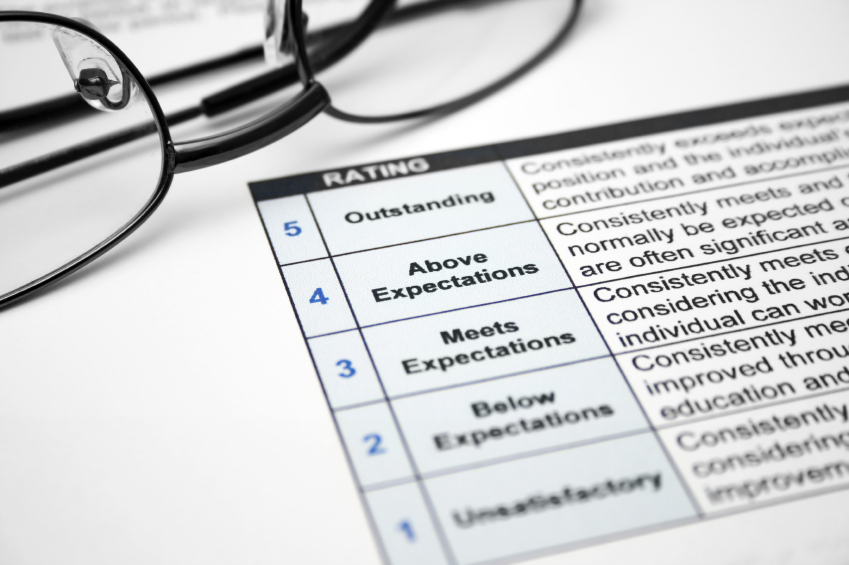 Leadership is the process of inspiring others to achieve what you have in mind. And it will be one of the most challenging things you set out to do. You may have found out soon enough that you can’t do everything to achieve your business goals alone. It may be even more surprising that your employees aren’t mind readers. Consequently, they often do things in ways you never anticipated . . . or not at all.
Leadership is the process of inspiring others to achieve what you have in mind. And it will be one of the most challenging things you set out to do. You may have found out soon enough that you can’t do everything to achieve your business goals alone. It may be even more surprising that your employees aren’t mind readers. Consequently, they often do things in ways you never anticipated . . . or not at all.
Like a finely-tuned machine, the component parts of your company must work together in a highly-coordinated and high-functioning manner. You can use the following touchstones to coordinate and maintain your “machine”, and you will shift your leadership from park to high gear:
1. Formulate and Convey Your Vision
Leaders create a compelling vision of the future to create mutual understanding and to enlist the enthusiasm of others to join in the bringing of that vision into reality. Create a detailed picture in your mind of where you want your company to look like in the foreseeable future. Then, share that vision, or at least relevant aspects of it, with employees in almost every interaction. This serves to describe the finish line you’re heading to and ties what employees are doing now to where the company is going.
2. Practice Humility
Truly powerful leaders know their capabilities and are comfortable in their own skin. Hold on to your confidence but set your ego aside and acknowledge that others have talents and capabilities that you don’t. Take yourself out of the center and out of the role of “doer” and see yourself as the conductor of a very capable orchestra.
3. Put Strengths in the Limelight
Great leaders know that strengths will move your goals forward, not weaknesses.That’s why it’s important to know which strengths you need in each position in your company, so you can hire employees who have them. Then harness and highlight those strengths through coordinated effort to move the needle on your company goals.
“A leader is best when people barely know he exists. Of a good leader, who talks little, when his work is done, his aim fulfilled, they will say, ‘We did this ourselves.'” — Lao Tzu
4. Make Performance Discussions the Norm
Dynamic leaders know that high performance doesn’t happen if things are left to chug along on autopilot. It’s important to continually channel people’s focus and efforts on the right activities and to the standards required. Focus these discussions on key performance indicators and high-value activities for employees. Meeting regularly keeps you abreast of how they are doing. It also allows you to assist with removing obstacles and gives you an idea of training employees need. Additionally, you can more timely celebrate “wins” with each employee.
[bctt tweet=”Dynamic leaders know that high performance doesn’t happen if things are left to chug along on autopilot.” username=”@FirebrandCoach”]
5. Access the Wisdom of the Team
Leadership is about bringing employees together to access all available wisdom and using it to the company’s advantage. In small and large companies alike, employees depend on each other to get their work done. The beauty is that each has a different perspective and can see things the others can’t. Create regular opportunities for work groups or teams to come together to share what’s working and what’s not working. This will also allow them to provide advice and support to keep things moving forward in the right direction.
Your employees need your attention and guidance. Your leadership will shift into high gear when you learn that it’s less about you “doing” and more about you “allowing” others to do.
WANT TO USE THIS ARTICLE IN YOUR NEWSLETTER, BLOG OR WEBSITE? You can, as long as you include this information with it: Beth Strathman works with women in leadership who want to have more positive impact within their organizations by gaining greater focus, self-awareness, and influence with their teams. Learn more at: firebrandconsultingllc.com.
This post was inspired by a conversation with colleague, Clay Neves.

Clay Neves brings 35 years of sales management experience to solve your specific sales challenges, with several Inc.500/5000 awards for sales growth. He designed, implemented and managed successful campaigns for Fortune 500 companies like Pacific Bell, Sprint, AT&T, Citibank, Showtime, and others. He has worked with thousands of business owners throughout the United States and Canada to grow their businesses, through seminars, workshops, and one on one coaching. He served as Executive Director of the Murray Area Chamber of Commerce and was awarded the Book of Good Deeds Award from the Murray Exchange Club for his community service.
Clay lives in West Jordan with his wife JaNae. They have two children, Janessa and Jordan. He enjoys playing his guitar, singing, writing poetry, solving puzzles, history, reading, and hiking the many canyon trails along the Wasatch front. He’s an award winning competitive speaker.
Contact Clay at clay@personalsalesdynamics.com or at 801-792-7929 for a STAR (Standards/Training & Tools/Accountability/Rewards) worksheet.

 This blog post was inspired by a conversation with Russell Lookadoo of HRchitecture. Russell Lookadoo is the HR Guy for small businesses. His firm, HRchitecture, specializes in helping business leaders accomplish their goals by effectively using their teams. Russell brings three decades of experience designing Human Resources solutions that achieve business strategies in varied organizations ranging from a small manufacturer to the nation’s second largest bank.
This blog post was inspired by a conversation with Russell Lookadoo of HRchitecture. Russell Lookadoo is the HR Guy for small businesses. His firm, HRchitecture, specializes in helping business leaders accomplish their goals by effectively using their teams. Russell brings three decades of experience designing Human Resources solutions that achieve business strategies in varied organizations ranging from a small manufacturer to the nation’s second largest bank.

 It’s easy to simply react to the day-to-day grind. Before most managers know it, they can find themselves in a situation where key talent has left their teams. Additionally, managers may realize they have the wrong people in the wrong positions for the wrong reasons.
It’s easy to simply react to the day-to-day grind. Before most managers know it, they can find themselves in a situation where key talent has left their teams. Additionally, managers may realize they have the wrong people in the wrong positions for the wrong reasons.

